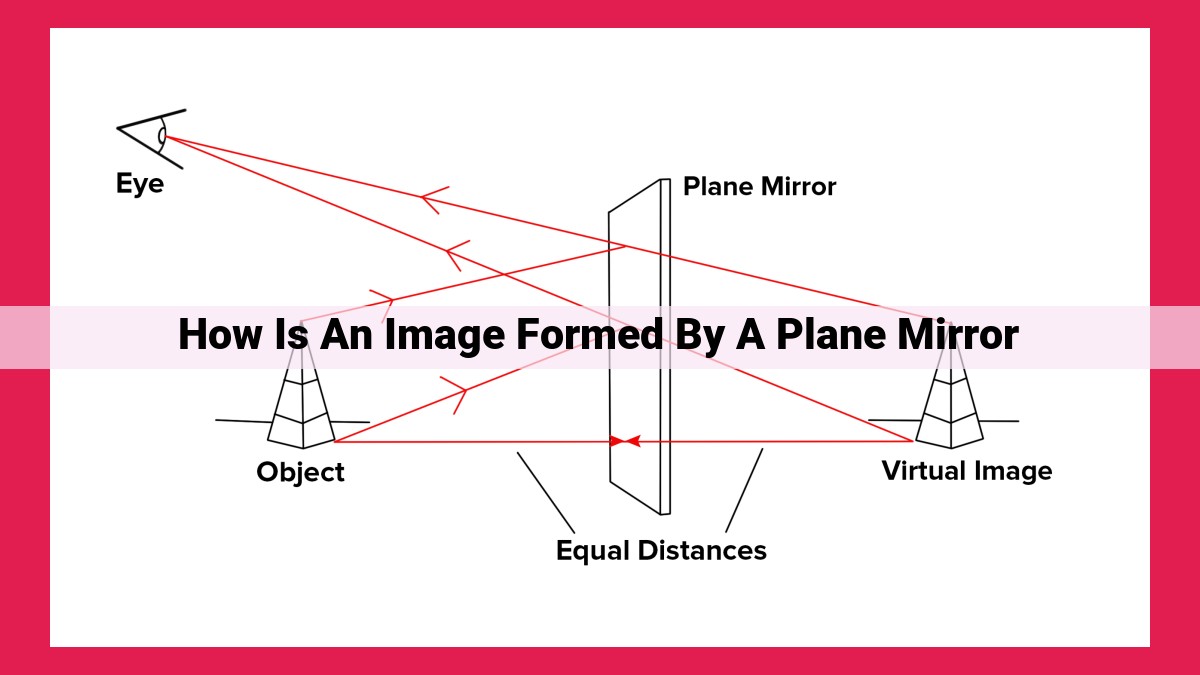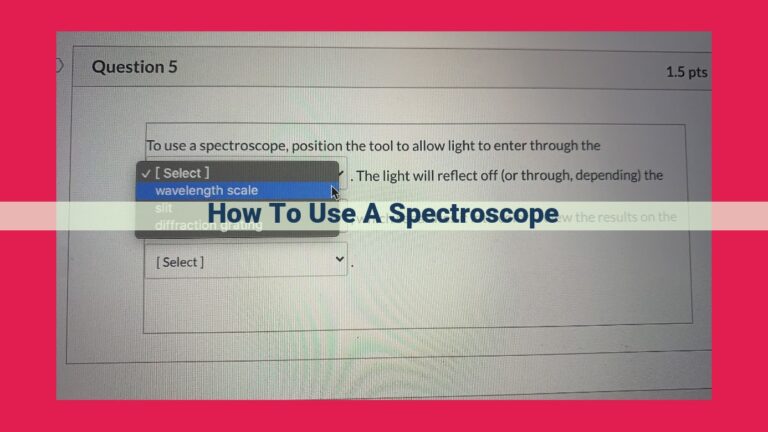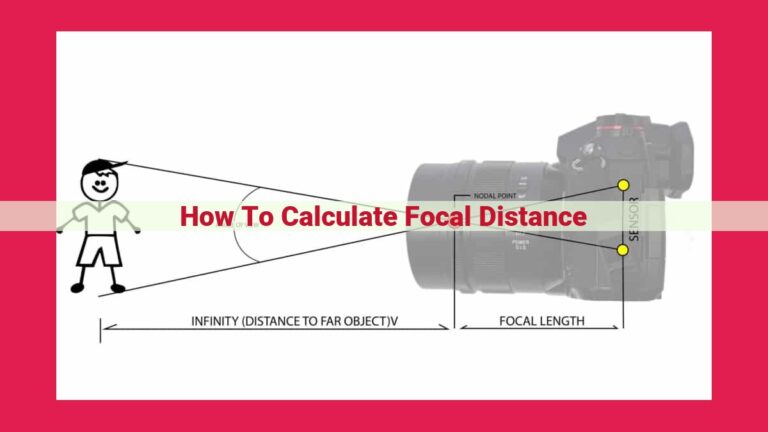Understanding Reflection: Image Formation And Characteristics In Plane Mirrors

Reflection occurs when a wave encounters a surface and bounces back. In a plane mirror, a flat, reflective surface, light rays strike the mirror and are reflected regularly, obeying the law of reflection, where the angle of incidence equals the angle of reflection. The image formed is virtual, meaning it appears behind the mirror and cannot be projected onto a screen. It is laterally inverted, with the left and right sides of the object appearing swapped in the image. The magnification of the image by a plane mirror is always 1, indicating that the image is the same size as the object.
Reflection: A Universal Phenomenon in the Realm of Waves
In the vibrant tapestry of our physical world, reflection stands as a ubiquitous phenomenon that governs the behavior of waves of all kinds, from the tiny ripples that dance across a pond to the grand swells that thunder against the shore. Reflection occurs when a wave encounters a boundary or interface between two different media, such as air and water, or solid and liquid. At this interface, a portion of the wave’s energy is redirected back into the original medium, giving rise to the reflected wave.
Types of Reflection
Reflection manifests in various forms, each with its own unique characteristics. Regular reflection, also known as specular reflection, occurs when a wave encounters a smooth and flat surface. In this case, the reflected wave is highly organized, following a predictable path that mirrors the path of the incident wave. This type of reflection is commonly observed from surfaces like mirrors and polished metal objects.
In contrast, diffuse reflection occurs when a wave interacts with a rough or uneven surface. The irregularities of the surface scatter the reflected waves in multiple directions, creating a more dispersed and diffuse pattern. This type of reflection is responsible for the illumination we experience from everyday objects like walls, clothing, and paper.
Plane Mirror: A Perfect Reflector
A plane mirror is a flat, smooth surface that exhibits regular reflection. Its surface is so smooth that it reflects light waves in a highly predictable manner, preserving the shape and orientation of the original image. This property makes plane mirrors indispensable in everyday life, from being used in makeup and grooming to creating intricate optical devices.
Law of Reflection: Unraveling the Path of Reflected Light
The law of reflection is a fundamental principle that governs the behavior of light waves at the interface of two media. It states that the angle of incidence, which is the angle at which the incident wave strikes the surface, is always equal to the angle of reflection, which is the angle at which the reflected wave departs from the surface.
This relationship ensures that the reflected wave follows a straight-line path that is symmetrical to the incident wave relative to the normal, which is a line perpendicular to the reflecting surface at the point of incidence.
Plane Mirror
- Define a plane mirror and describe its characteristics as a flat, smooth surface that reflects light regularly.
What’s a Plane Mirror? Unraveling the Secrets of Reflection
Imagine yourself in front of a smooth, flat surface, like a mirror. You wave your hand, and the mirror reflects your movements precisely. But what’s happening behind the scenes? That’s where plane mirrors come into play.
A plane mirror is simply a mirror with a flat, smooth surface that reflects light regularly. Its reflective surface is like a perfect playground for light rays, allowing them to bounce off in an organized manner.
When light rays hit a plane mirror, they follow a specific rule known as the law of reflection. This law states that the angle of incidence, or the angle at which the light rays hit the mirror, is equal to the angle of reflection, or the angle at which the light rays bounce off the mirror.
This principle explains why you see your reflection in the mirror. Light rays from your face hit the mirror at a certain angle and then bounce off at an equal angle, forming an image of your face that appears to be behind the mirror.
This image is called a virtual image, which means it’s not a real object but an illusion created by the reflected light rays. It’s upright and the same size as the object, but it’s reversed from left to right, known as lateral inversion.
Plane mirrors have a magnification of 1, which means they don’t make your reflection appear any larger or smaller. Its primary purpose is to reflect light regularly, creating an accurate representation of the object it’s facing. Plane mirrors are commonly used in everyday life, from bathroom mirrors to vehicle side mirrors, helping us check our appearance, navigate our surroundings, and enhance our vision.
The Flawless Dance of Reflected Light: Unveiling the Law of Reflection
In the realm of physics, where light embarks on an extraordinary journey, a fundamental phenomenon known as reflection unfolds. It occurs when light encounters a surface and bounces back, much like a graceful ballerina defying gravity’s pull. This enchanting spectacle is not exclusive to light; waves of all types, from sound to water ripples, exhibit this alluring behavior.
The Law of Reflection stands as the guiding force behind this captivating dance. This immutable rule dictates that the angle of incidence, the angle formed between the incoming light ray and the mirror’s surface, is equal to the angle of reflection, the angle formed between the reflected ray and the same surface. This means that the light ray, upon striking the mirror, undergoes a symmetrical bounce, mirroring its original path.
The Law of Reflection has profound implications in determining the trajectory of reflected light rays. It governs the precise angles at which they bounce off surfaces, enabling us to understand how mirrors form images. This knowledge has fueled countless innovations, from mundane mirrors that enhance our grooming rituals to sophisticated optical systems in telescopes and microscopes that expand the boundaries of human vision.
The Dance of Light: Exploring the Angles of Reflection
When light encounters a surface, it doesn’t simply vanish. Instead, a captivating dance ensues – the phenomenon of reflection. Reflection is the process where light bounces off a surface without changing its nature. This dance is not unique to light; it occurs with various types of waves, such as water waves and sound waves.
In the realm of light, plane mirrors are maestros in the art of reflection. These flat, smooth surfaces reflect light regularly, creating orderly patterns of reflected rays. To understand the elegance of this dance, we must delve into the law of reflection.
The law of reflection governs the angles involved in the dance of light. It states that the angle of incidence, or the angle at which light strikes the surface, is equal to the angle of reflection, or the angle at which it bounces off. This relationship ensures that the reflected rays form an orderly and predictable path.
Imagine a ray of light approaching a plane mirror. As it strikes the surface, it creates an angle of incidence. This angle is measured between the incident ray and the normal, which is an imaginary perpendicular line drawn to the mirror at the point of contact. The angle of reflection is then measured between the reflected ray and the normal.
The law of reflection dictates that these two angles are equal. This means that the reflected ray follows a path that is symmetrical to the incident ray, as if it were bouncing off an imaginary mirror line drawn perpendicular to the real mirror.
By understanding the angles involved in reflection, we can predict the path of reflected light rays and use them to create virtual images. These are images that appear to be behind the mirror, despite not being physically present. The reason for this illusion is that the reflected rays appear to come from a point behind the mirror.
Virtual Images: The Illusion of Reflection
When light encounters a smooth, flat surface like a plane mirror, it reflects in an orderly manner. This reflection results in the formation of images that seem to exist behind the mirror, known as virtual images.
Virtual images possess distinct properties that set them apart from real images formed by lenses or curved mirrors. Unlike real images, they cannot be projected onto a screen or focused by optical devices. Instead, they appear to float in space behind the mirror, offering an illusion of depth.
One of the key characteristics of virtual images is their lateral inversion. This means that the image is flipped from left to right when compared to the actual object. This inversion occurs because the reflected light rays cross at a point behind the mirror, effectively reversing the object’s orientation. It’s as if we’re looking at our reflection in a mirror that’s mirroring a mirror, creating a double-inversion effect.
In addition, virtual images formed by plane mirrors have a magnification of 1. This means that the image appears to be the same size as the object. This is because the reflected rays diverge as they leave the mirror, making the image appear to be located behind the mirror at the same distance as the object is in front of it.
Virtual images play a significant role in our everyday interactions with mirrors. From the mirror in our bedroom to the rearview mirror in our cars, these images allow us to see our reflections, navigate our surroundings, and interact with the world around us. Understanding the nature of virtual images provides a deeper appreciation for the optical phenomena that shape our perception of reality.
Lateral Inversion: Understanding the Curious Reversal in Mirror Images
When you gaze at your reflection in a plane mirror, you notice an intriguing phenomenon: your left side appears on the mirror’s right side, and vice versa. This optical quirk is known as lateral inversion.
The Anatomy of Reflection
Imagine a beam of light striking a flat, smooth surface like a plane mirror. As the light encounters the surface, it bounces back, following a specific pattern known as the law of reflection. According to this law, the incoming and outgoing light rays make equal angles with the surface, known as the angles of incidence and reflection.
Virtual Images and Lateral Inversion
The reflected light rays appear to originate from a point behind the mirror, forming a virtual image. This image is not physically present but exists merely as an optical illusion. Crucially, the virtual image is laterally inverted, meaning the left and right sides of the original object are swapped.
The Cause of Lateral Inversion
The lateral inversion in plane mirrors arises because of the way light rays travel. When light reflects off the mirror’s surface, the rays that carry information about the left side of the object bend to the right, while the rays carrying information about the right side bend to the left. This reversal in light propagation results in the inverted image.
Applications of Lateral Inversion
Lateral inversion has important applications in various fields:
-
Photography: Cameras use lenses to project an inverted image onto film or sensors. The resulting photograph corrects this inversion, producing an upright image.
-
Medicine: Endoscopes and other medical imaging tools often use mirrors to transmit images within the body. Lateral inversion must be considered during interpretation.
-
Design: Artists and designers use plane mirrors to study the symmetries and reflections of objects, which can enhance their designs.
Lateral inversion in plane mirrors is a captivating optical phenomenon that arises from the laws of reflection. While it can seem counterintuitive, understanding this inversion is essential for interpreting images formed by mirrors and has practical applications in various fields.
Magnification in Plane Mirrors
Understanding Magnification
In the realm of optics, magnification refers to the process of making an object appear larger or smaller than its actual size. In the case of plane mirrors, the process is slightly different. A plane mirror is a perfectly flat, smooth surface that reflects light in a regular manner.
Magnification and Plane Mirrors
Unlike curved mirrors, plane mirrors do not magnify objects. Instead, they create virtual images – images that appear to be behind the mirror. The image formed by a plane mirror is always the same size as the object it reflects.
Reason Behind Constant Magnification
The lack of magnification in plane mirrors can be attributed to the law of reflection. According to this law, the incoming and outgoing light rays from the object strike the mirror at equal angles. This means that the image formed behind the mirror is symmetrical to the object in front of the mirror. Hence, the image size remains unchanged.
In Summary
In conclusion, plane mirrors do not magnify objects. They create virtual images that are the same size as the original objects due to the law of reflection. This unique property makes plane mirrors useful in applications such as rearview mirrors, decorative mirrors, and optical instruments where accurate image representation is crucial.





